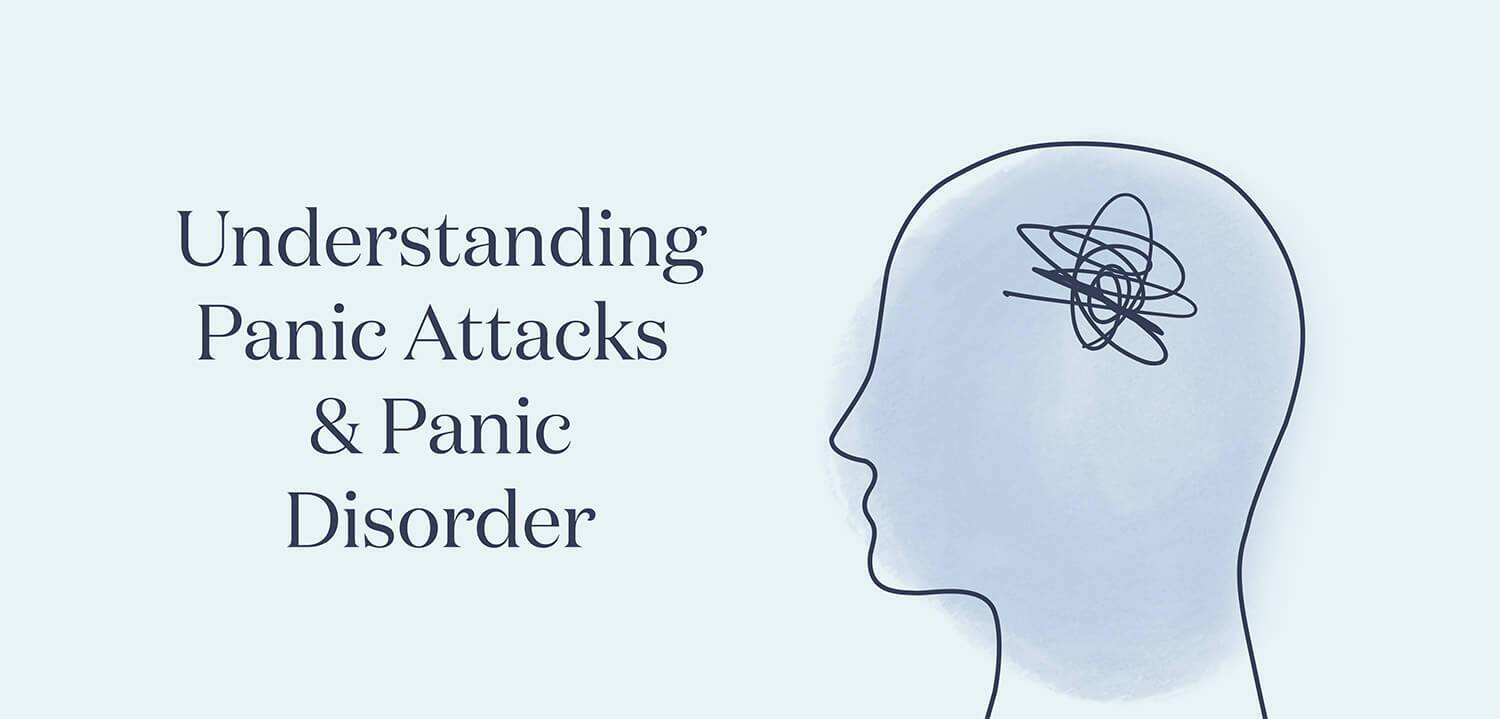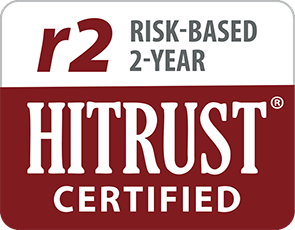Written by Ashley Kane,
Brightside Health
5 Minute Read

A racing heart, feelings of impending doom, and sensations of choking or smothering are all reasons why panic attacks and panic disorder can be very frightening and uncomfortable. As a result, people who experience repeated panic attacks often become anxious and preoccupied with having another attack and may make changes to their lifestyle to avoid having panic attacks. This behavior is indicative of panic disorder.
Many people are afraid or embarrassed to tell anyone about their panic attacks, including their doctors and loved ones. It is essential to know that if you are suffering, panic disorder is real and highly responsive to treatment. If you suspect you or someone you love may be suffering from panic attacks or panic disorder, here is what you need to know.
Understanding Panic Attacks and Panic Disorder
A panic attack is a strong physical reaction accompanied by feelings of fear that suddenly come on and can last for several minutes. When you have a panic attack, you may sweat profusely, feel short of breath, and experience chest pains that may feel like you’re having a heart attack. If you have experienced four or more panic attacks or live in fear of having another attack, you may have a panic disorder.
What are the symptoms of a panic attack?
A panic attack is the abrupt onset of intense fear or discomfort that reaches a peak within minutes and includes at least four of the following symptoms:
- Palpitations, pounding heart, or accelerated heart rate
- Sweating
- Trembling or shaking
- Sensations of shortness of breath or smothering
- Feelings of choking
- Chest pain or discomfort
- Nausea or abdominal distress
- Feeling dizzy, unsteady, light-headed, or faint
- Chills or heat sensations
- Paresthesia (numbness or tingling sensations)
- Derealization (feelings of unreality) or depersonalization (being detached from oneself)
- Fear of losing control or “going crazy”
- Fear of dying
When do panic attacks become a panic disorder?
Someone may be diagnosed with panic disorder if they experience sudden and repeated panic attacks, a feeling of being out of control, of death, or impending doom during a panic attack. They may also be diagnosed with panic disorder if they experience intense worry about when or where the next panic attack will happen and fear or avoid places where panic attacks have occurred in the past for 30 days or more.
What causes a panic disorder?
Although research has not wholly determined why some people develop panic disorder, researchers believe that the illness may be caused or triggered by one or a combination of genetic or hereditary factors, a more sensitive “fight-or-flight” response, a disturbance in neural pathways in the brain, a stressful life event, or childhood stress and trauma.
When to seek help
Visit a doctor if you’ve been experiencing symptoms of panic disorder. At first, it may be difficult to discuss your feelings, but remember that your doctor is there to help you. Speaking openly about your condition is the first step toward healthily managing your symptoms.
How is a panic disorder diagnosed?
The first thing to do is to talk to your doctor about your symptoms. Your doctor will do an exam and ask you about your health history to ensure that an unrelated physical problem is not causing your symptoms. Your doctor may then refer you to a mental health specialist, such as a psychiatrist or psychologist.
You may be diagnosed with panic disorder if you have regular and unexpected panic attacks followed by at least a month of continuous worry or concern about having further attacks.
If you have panic attacks but have not been diagnosed with a panic disorder, you can still benefit from treatment. If panic attacks aren’t treated, they can get worse and develop into panic disorder or phobias.
How is a panic disorder treated?
Once a diagnosis has been established, a panic disorder is generally treated with therapy, medication, or both. Talk with your doctor about the best treatment option for you.
Therapy: A type of treatment called cognitive behavioral therapy (CBT) is especially useful as a treatment for panic disorder. CBT teaches you different ways of thinking, behaving, and reacting to the feelings that come on with a panic attack. CBT can help you become aware of inaccurate or negative thought patterns to view challenging situations more clearly and respond to them more effectively. The attacks can begin to disappear once you learn to respond differently to the physical sensations of anxiety and fear during panic attacks.
Medication: Doctors also may prescribe different types of medications to help treat panic disorder, depending on your needs. These medications can include:
- Selective serotonin reuptake inhibitors (SSRIs)
- Serotonin-norepinephrine reuptake inhibitors (SNRIs)
SSRIs and SNRIs are both antidepressants commonly used to treat depression, but they are also helpful for panic disorder symptoms. The results of these medications are not immediate—they may take several weeks to start working. These medications may also cause side-effects, such as headaches, nausea, or difficulty sleeping. These side effects are usually not severe for most people, especially if the dose starts low and increases slowly. Most of the time, the benefits of the medication outweigh the potential side effects but talk to your doctor about any that you may be experiencing. Check out our Myths and Misconceptions about Antidepressants post for more information about antidepressants.
You should work closely with your doctor to find the best medication and dose for you. Both therapy and medication can take some time to work, so don’t give up on treatment too quickly. Following a healthy lifestyle can also help combat panic disorder. Make sure to get enough sleep and exercise, eat a healthy and balanced diet, and turn to loved ones who you trust for support.
Sources:
- https://adaa.org/understanding-anxiety/panic-disorder
- https://www.nimh.nih.gov/health/publications/panic-disorder-when-fear-overwhelms/index.shtml
- https://www.health.harvard.edu/a_to_z/panic-disorders-a-to-z
- https://www.nhs.uk/conditions/panic-disorder/
- https://www.mayoclinic.org/diseases-conditions/panic-attacks/diagnosis-treatment/drc-20376027
- https://www.ncbi.nlm.nih.gov/pmc/articles/PMC3684250/













